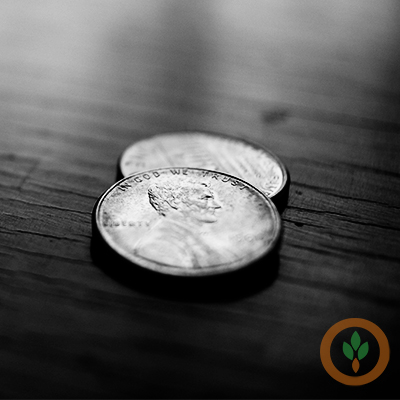Cyndi's Two Cents
Origin vs. price of nutrition

Commentary.
When March 8 rolled around and most Americans pushed their clocks forward as daylight saving time began, we certainly did not expect to find ourselves in The Twilight Zone the following week. But we did.
I have stopped asking “What could possibly happen next?” It is 2020 and the year seems to take that question as a challenge.
I often use this space to write about the great divide between those who grow the food and those who consume the food. Many consumers are concerned, or at least interested, in the origin of that which they eat and what they feed their families. As COVID-19 made its way through several meat packing plants during the height of the pandemic this spring, many consumers sought out local farmers and ranchers to purchase pork and beef.
Many of them asked the questions you would expect to hear: “Where was it grown? Is it organic? Does it contain GMO’s? Were antibiotics used? What was it fed? Was it kept in a cage? Is it hormone free? How much does it cost?”
Ultimately, the answer to that final question determines whether most of the people will buy it. Preference and behavior are not the same. Once prices at the grocery store or big box store or butcher shop (those that purchase meat from the same packer the grocery store or big box store purchases meat) begins to drop back to pre-COVID prices, many consumers will stop buying at the farm gate and start buying over the counter again.
There are many horrible aspects to what we, as a country, have experienced since entering the Twilight Zone back in mid-March. The bright spot for agriculture is that many consumers stopped to think about where their food originates. Hopefully, some of the youngest generation was able to make the connection between the burger on their plate and the cattle in the pasture.
During these challenging times, many of us adjusted at home, at work and in our communities. Some rural businesses suffered greatly. Some businesses are permanently shuttered. Some of us took pay reductions. Others were furloughed and are still unsure whether there will be a job to go back to when the dust settles. For some of our neighbors, providing sufficient nutrition for their families has been a significant economic challenge. Buying pork or beef from Walmart or a local farmer is out of the question because the money to pay for it just is not there right now.
USDA’s Economic Research Services (ERS) tells us what most of us already know: An important indicator of the nation’s long-term well-being is poverty among children, since child poverty often has an impact that carries throughout a lifetime, particularly if the child lived in poverty at an early age. As with the early 1980s recession, rural children have been disproportionately affected by the recent economic downturn.
Nearly 13 million kids in this country are food insecure. That includes hundreds of thousands of kids in the agricultural heartland of our great nation. Children in your community will go to bed tonight without supper, not because they did not come home on time or failed to do their chores. There are babies and toddlers, first and third graders, pre-teens and teen-agers that live in your community, and go to your churches and schools that do not know when they will have their next meal.
There has been poverty since the beginning of time and there probably always will be some level of poverty. It is my hope that when you can give someone a leg up, instead of automatically writing a check to be sent overseas, you will think about investing in those children in your own rural community.

Add Comment